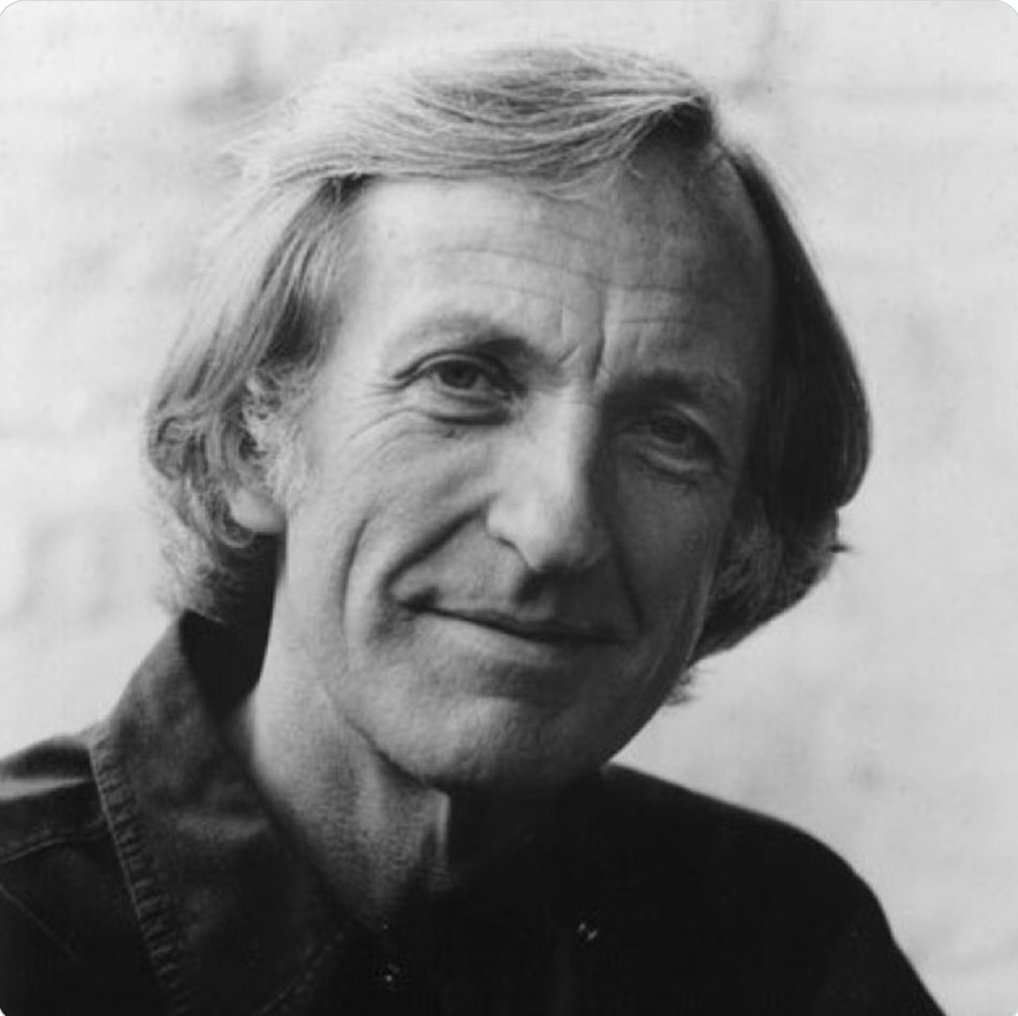Sydney is one of the world’s most desirable cities. I grew up here and I keep coming back to my former home at Bondi, with its cocktail of salt spray, milk shakes, dogshit and other summer fragrances; a Hindu returning to the Ganges will understand.
But nostalgia is only part of the attraction; physically, there is no place like Sydney: the deep-water harbour that embraces almost everything; the tiara of Pacific beaches, the estuaries and secret bays where white eucalyptus, the giant ghost gums, rise from the water’s edge.
Sydney is also a facade: a stage set like a small New York, its props the Harbour Bridge and the other-worldly Opera House. At the centre of the stage is a huge painted face, smiling like a demented Buddha. This is Luna Park, a funfair built in the 1930s. Next to it is the North Sydney Olympic Pool, with its art-deco dolphins and an honour roll of 86 world records: a distinction no other swimming pool on earth can claim.
The Olympic Games are coming to Sydney in the millennium year 2000. While the official Olympic song celebrates Baron de Coubertin’s vision of “a festival of sports creating international respect and goodwill”, it is the smell of money that comes with the salt spray; for Arcadia is also Spiv City.
That is to say, the rich mates who run what they call the big end of town know that the Olympics have little to do with peace, goodwill, etc, and everything to do with power, rivalry, status and the top dollar. The shock troops of the Sydney Olympic Committee understood this and left the bidders from Beijing and Manchester in their dust.
Every African delegate on the International Olympic Committee was offered two seven-year scholarships for their country’s athletes at the Australian Institute of Sport. A world youth soccer tournament costing A$35 million (?13.5 million), much of it public money, was slipped under the table. That the president of the Federation of International Football Associations happened to be one of the most influential IOC brokers was an amazing coincidence. The fascist past of the IOC’s Spanish president, Juan Samaranch, rated hardly a word in the Sydney press; instead, his campaign for a Nobel peace prize was noted favourably. “Anyone who threatens Sydney’s Olympic bid had better watch out”, bellowed a member of the Sydney committee.
How they got the games and how millions of dollars of public money are being spent remains an official secret. The Labor government of New South Wales, old mates of the big end of town, have exempted the games’ finances from the state’s Freedom of Information Act. A conservative estimate is that taxpayers will be handed a billion-dollar debt in return for 30,000 low-paid service jobs.
In the meantime the making of fast money, a speciality among the “entrepreneurs”, lawyers, accountants and spin-doctors (“consultants”) who make up Sydney’s elite, has got into its stride. The other day Rod McGeoch, the Sydney Olympics director, resigned. He had demanded, it emerged, A$8,000 to brief a group of American congressmen on the Olympics. Australia’s gold medal-winning four-oared crew is claiming a lucrative copyright over its “oarsome foursome” nickname.
The Olympics’ motif is a boomerang, and Aboriginal art provides a politically correct gloss on everything from souvenirs to Qantas aircraft. There is an “indigenous advisory committee” led by the Aboriginal former rugby star Gary Ella, and a group of Aboriginal elders has been hired as “official greeters”. Aware that the Olympic “showcase” beckons scrutiny of Australia’s human rights record, the conservative prime minister, John Howard, who recently saw through legislation that expropriates Aboriginal land rights, has spoken about “the need for reconciliation”. He has assigned a committee to draw up a document of warm words for publication in the Olympic year.
Behind the facade, nothing has changed for the first Australians. Their life expectancy is at least 25 years less than that of whites; walk through any Aboriginal cemetery and you see that most of the graves belong to the young. Australia is the only developed country on a World Health Organisation “shame list” of countries where endemic trachoma still blinds children. Unlike Sri Lanka, rich Australia has yet to marshal its energies to beat this entirely preventable disease.
Although representing less than 3 per cent of the population, Aborigines fill the lock-ups and prisons. In the Northern Territory, one dies in custody every two weeks – a rate said to be higher than the death of imprisoned blacks in apartheid South Africa. This, as they say here, is “a tricky subject”. The newly appointed sports and tourism minister, a woman called Jackie Kelly with a reputed gift for public relations, refused to be interviewed on the subject. Rather, her media adviser refused. “The minister has to be protected,” he said privately.
When the Olympics were last held in Australia, in Melbourne in 1956, no one looked behind the facade. While Australian athletes performed brilliantly, coming third in the tally of gold medals, Aboriginal children were being torn from their families and incarcerated in institutions, where they were prepared for a life of virtual slave labour. This year the Human Rights Commission described the theft of these children as genocide and demanded that the federal government apologise and pay reparations. The prime minister refused. When he presides over the Olympic opening ceremony, he ought to be reminded that the civilised world is watching.


